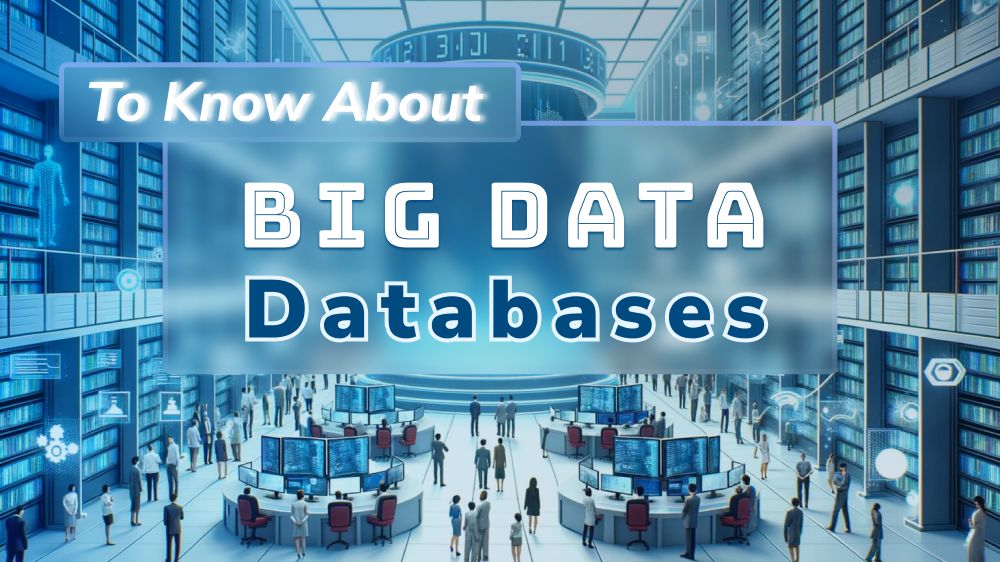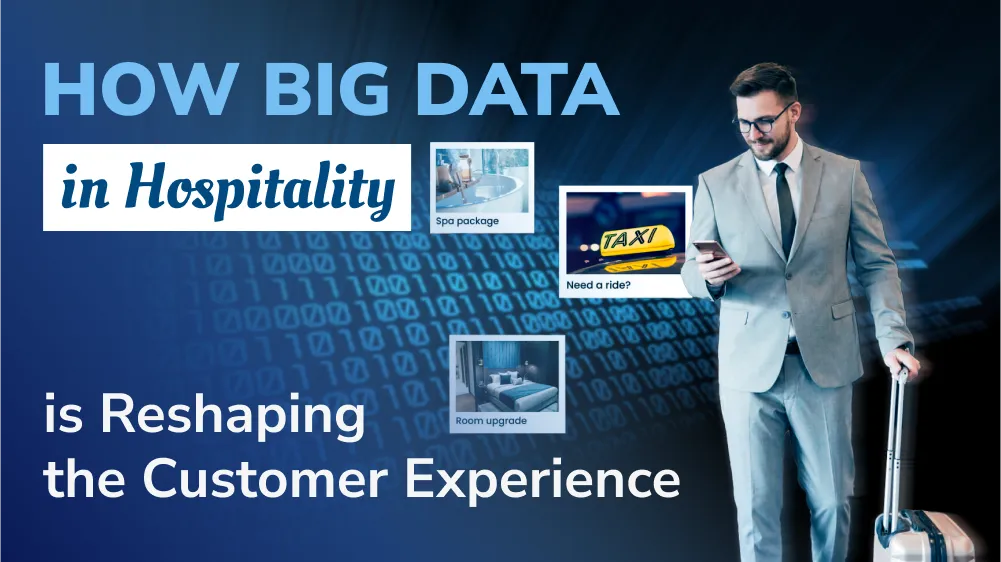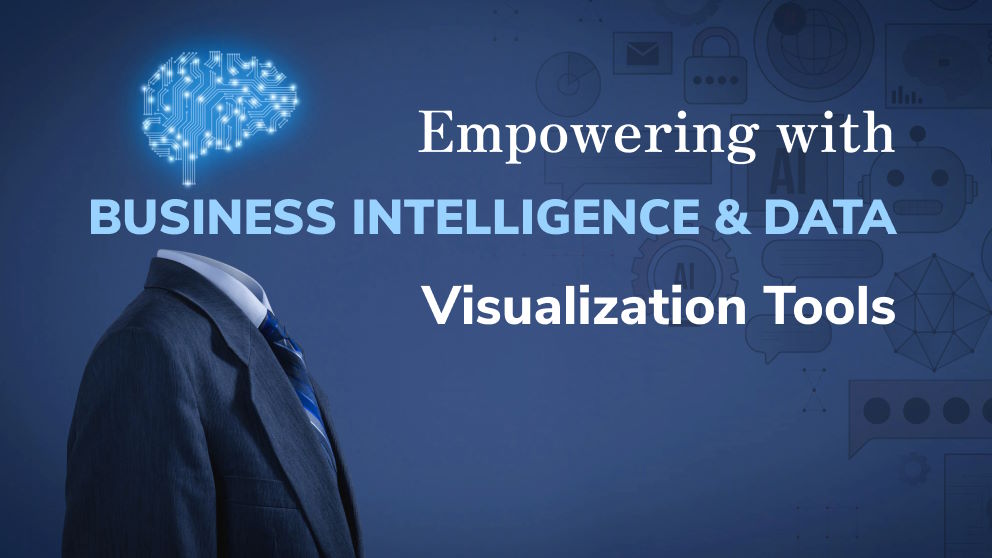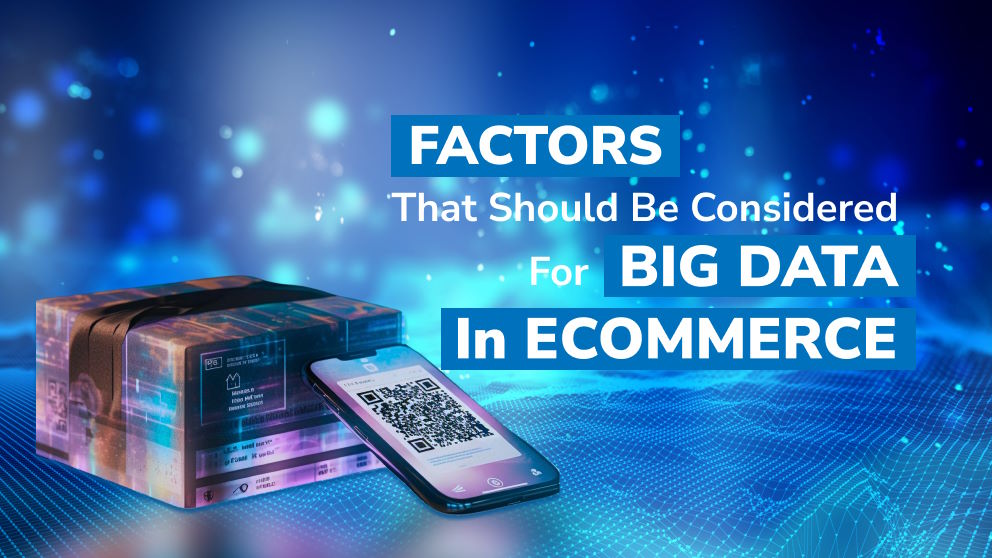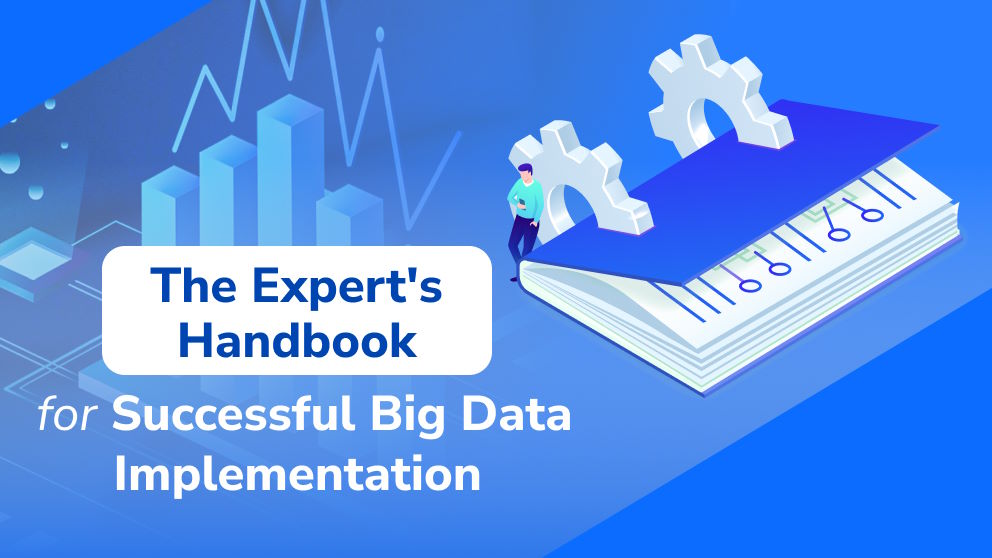The Basics You Need to Know about Streaming Data Architecture
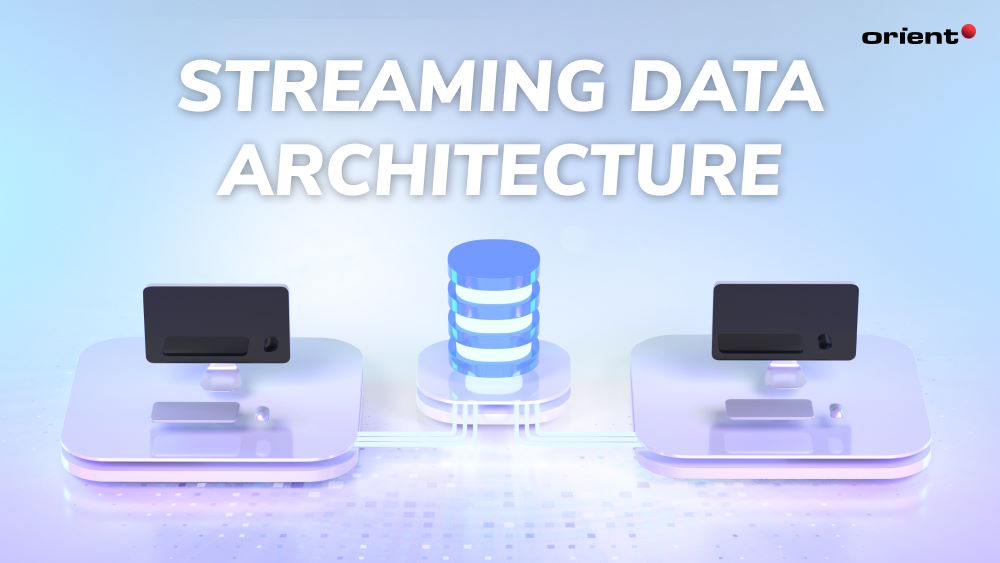
Content Map
More chaptersDid you know that every day, across all industries, around 2,000,000,000,000,000,000 bytes of data are produced? Or the fact that every day, about 328.77 million terabytes of data are generated?
Those numbers seem somewhat absurd (look at all those zeros). However, if we consider the impact that player data has had on our lives in terms of assisting organizations in developing strategic plans, making informed decisions, and supporting their arguments, it would not seem as unbelievable.
Even then, the collected data wouldn’t mean anything if they were not processed efficiently. According to Forrester studies, anything between 60% and 73% of all data is never used for analysis. This is where streaming data architecture comes in - as it allows companies to keep pace with the explosive data growth over the past years.
Understanding Basic Definitions: Data Stream and Stream Processing
Although streaming technologies are not new, they have significantly developed during the past few years. One such technology with untapped promise is streaming data architecture. We’ll start our deep dive into this topic by understanding its basic terms.
Data Stream
Data streams, often known as “data in motion,” are a constant flow of information produced by a variety of sources, including Internet of Things (IoT) devices, clickstream data, log files from cloud-based platforms, mobile apps, and social networking sites.
As opposed to conventional data processing, which gathers and processes data in batches, data streams continually gather data, enabling the processing of data as soon as it is created. This is also what the term “streaming” refers to. The ability to track and thrive in daily business operations is given to enterprises as a result.
Data streams are characterized by their unbounded nature, limitless length, continuous flow, high velocity, and potentially great variability.
Stream Processing
In stream processing, decisions are made about a stream of data as they are being created. In the past, the term “real-time processing” was often used by data professionals to refer to data that is processed as frequently as required for a specific use case. However, “stream processing” is now used in a more precise sense because of the development and widespread acceptance of stream processing tools and frameworks, as well as the falling cost of RAM.
Stream processing often takes action on the data stream. These actions can be serial, in parallel, or both. To describe this activity, the term “stream pipeline” is used, which includes the creation of stream data, data processing, and data delivery to a destination.
Streaming Data Architecture Patterns
The design and employment of streaming data architectures depend on your needs and goals. There are two common modern streaming data architecture patterns, Lambda and Kappa.
- Lambda: This is a hybrid architecture that combines traditional batch processing and real-time processing to handle two kinds of data: Historical data and real-time data streams. The combination provides the capacity to handle large amounts of data while still providing enough speed to handle data in motion. Although this intricacy does come at a cost in terms of latency and maintenance requirements, it is combined with these in an additional serving layer for the best accuracy, scalability, and fault tolerance.
- Kappa: Kappa’s data architecture focuses solely on real-time processing, whether it is historical data or real-time data. Without the batch processing system, this architecture is less costly, more consistent, and less complex. The processed data is kept in a storage system that can be queried both in batches and in streams. This method requires great performance, dependability, and idempotency.
In short, unlike legacy data processing methods, streaming data architecture consumes data as it is generated, stores it, and processes it, all the while performing data analysis and data manipulation.
What Benefits Can You Gain from a Streaming Data Architecture?

In the past, not many businesses possessed specialty technology like stream processing. However, more and more organizations have come to embrace streaming data analytics. This is largely due to the exponential growth of data from sources like IoT networks, machine learning, or SaaS.
The ubiquity of modern stream processing infrastructure is not only due to the rising demand for real-time data processing but it is also due to the many benefits companies stand to gain from streaming data architectures.
Easy Scalability
Scalability is a key factor in why streaming data architecture is widespread in organizations. It is highly scalable and does not require more resources to keep up with the expanding data.
Pattern Detection
Recognizing patterns enables businesses to see trends and produce precise projections. This is often achieved by continuous data processing.
Enable Modern Real-time Data Solutions
Certain industries require immediate updates, e.g., truck locations in real-time, which traditional batch architectures often do not offer. In addition to gaining immediate insight, thanks to real-time analytics, data breaches or fraud can be detected as soon as possible.
Better Customer Experience
Process streaming data allows companies to better understand customer behavior and preferences. From there, businesses can provide customers with more individualized and relevant experiences.
Components of a Streaming Architecture
Continuous data flow through the use of data streams allows for real-time insights and rapid data analysis. Instead of waiting for batch processing, the current streaming architecture analyses and responds to a data stream immediately.
Its ability is enabled by four key components: A message broker, batch processing and real-time ETL tools, streaming data storage, and data analytics.
Message Broker (Stream Processor)
This is the fundamental element that manages streaming data. The message broker, or stream processor, constantly streams data for consumption by other components after collecting it from the source. Other tasks performed by the stream processor also include enrichment, windowing, and transforming data into a common message format.
Apache Spark Streaming, Apache Flink, Apache Kafka Streams, and others are some examples of popular stream processing tools.
Streaming brokers are different from traditional MOM (Message-Oriented Middleware) brokers in that they support high performance with persistence, have high capacity (1 GBP per second or higher), and are heavily focused on streaming.
Batch Processing and Real-Time ETL Tools
After data is gathered, it is transformed into a standardized format. The data is then analyzed using business intelligence (BI) tools. ETL tools help businesses retrieve data from the data stream architecture and use queries to analyze it. The output of this component can be an alert, an API call, a visualization, an action, or a new data stream.
Apache Storm, Spark Streaming, and WSO2 Stream Processor are a few open-source ETL tool examples for streaming data.
Streaming Data Storage
After transforming, the structured and semi-structured data are then kept in a data warehouse.
Additionally, a data lake can house unstructured data. Data lakes and data warehouses for storing various data kinds are offered by major cloud service providers, including AWS, Azure, and Google Cloud Platform.
The storage system is employed based on the type of data collected. Typically, because of the size and complexity of streaming event data, most companies use cloud object stores as their operational data lake. Another reason it is preferred by companies is due to its low cost and agility. There are other options to store streaming data, such as in a database, data warehouse, or message broker. Before selecting what is best for your organization, be sure you are crystal clear on your needs, as each of these options has its pros and cons.
Data Analytics/Serverless Query Engine
After collecting, transforming, and storing the data, it is time to analyze them using suitable tools. Some examples of these tools are Amazon Redshift, Elasticsearch, and Cassandra. This is when you gain insight and add value from the collected data.
Use Cases of Streaming Data Architecture
As technical as the numerous aspects of streaming data architecture sound, it has various practical and attractive applications. The following are some of its most common ones.
Fraud Detection
As mentioned earlier, real-time analytics allow businesses to quickly discover and retaliate against fraudulent acts. For instance, by processing streaming data from transactions, credit card companies can identify fraud almost instantly. This also works for customer behavior analysis and eCommerce fraud detection.
Internet of Things (IoT) and Smart Cities
Smart cities often include smart buildings, smart parking solutions, or smart traffic management, all of which implement Internet of Things systems with numerous sensors to collect data. Data stream processing allows the city to make timely adjustments to ensure safety and efficiency.
Manufacturing
The constant data streams can be used for predictive maintenance, industrial visual quality control, and anomaly detection in manufacturing. For example, the stream of data can be examined to detect when a machine has problems or is going to break down. Thanks to the data, the operator can make timely interventions, minimizing downtime and maintenance costs.
Harnessing the Power of Data Streaming Architecture
At first glance, a streaming data architecture might seem overwhelming and difficult to grasp. However, seeing how data is the new oil, building a robust and scalable data streaming architecture is creating a foundation for years of sustainable data-driven activities. The shift or popularity of streaming data architectures reflects its importance in any growing business.
In short, data streaming is a crucial component of modern data processing and analysis. Utilizing the power of constantly flowing data enables businesses to obtain real-time insights and spur innovation.
Therefore, it is time for you to take action, too. It is time to fulfill your business’ potential with the help of Orient Software and our team of data experts. Do not hesitate to contact us today to kickstart your data streaming architecture.

